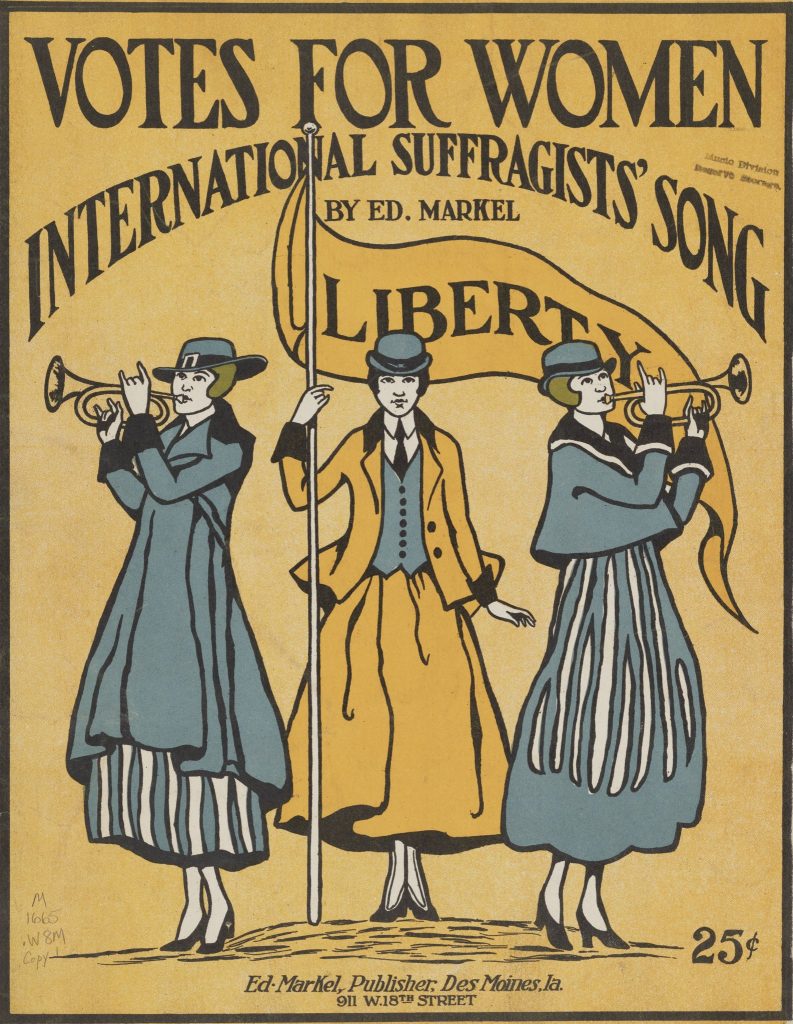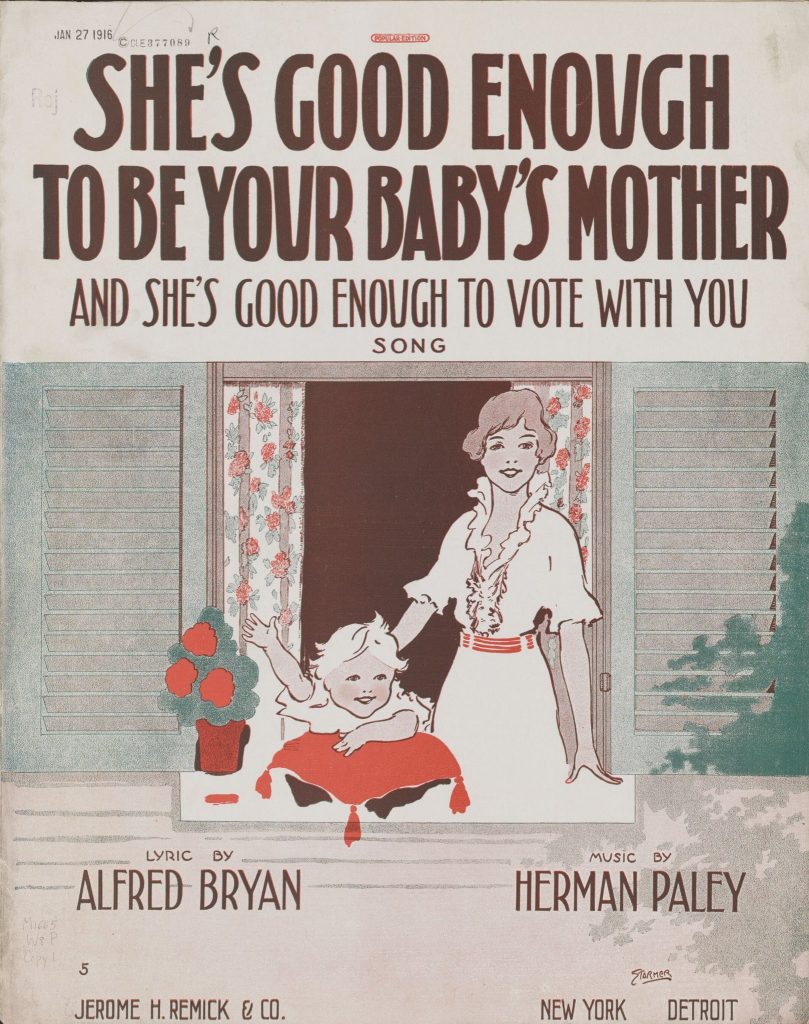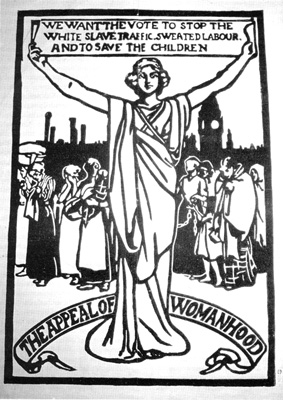Woman’s Suffrage
The Movement
With the current US election, many people have voting on their minds but in the 19th century, many people did not have the right to vote. Women were unable to vote during this time which lead to the woman suffrage movement, a fight for woman’s right to vote. New Zealand was the first country to allow women to vote in 1893, followed by Australia (1902), Finland (1906), and Norway (1913). In World War 1 suffrage groups helped with war efforts which were recognized by Parliament and helped speed up the movement. This resulted in 28 countries gaining the right to vote, including Canada in 1918. Petitions, suffrage societies, conventions, campaigns, and protests were created in order to gain a woman’s right to vote.


Suffragists vs Anti-Suffrage Art
The suffrage movement also found its way into art and posters. Political art for woman suffrage was very common due to the suffrage supporters and anti-suffrage artists. Anti-suffrage artists gave harsh stereotypes and propaganda towards the suffrage movement and woman in general. They portrayed women as “weaker, victimized, or as morally superior” and that “women’s brains and personalities were not equipped to deal with making decisions for the country”

Suffragists needed to combat these stereotypes, which had existed for quite some time before and unfortunately are still existent today. “New woman” was created to represent positive stereotypes and fight negative outdated ones. The idea that “New woman” contributed more to society and were excellent mothers, which combated the idea that suffrage mothers did not take care of children and let the “man” do all the housework and care for the children. They took existing images and stereotypes and spun them to show importance to woman and their right to vote. Suffragists also created posters of the working women, who were shown to demonstrate an alliance with the movement. It showed that woman suffrage would “benefit all workers and the economy” Woman suffrage art was considered the earliest example of feminist art.


Suffragist art recreation/parody from the anti-suffrage art of a Greek goddess who doesn’t want to vote. Suffrage art showed the idea that if women were to vote they would speak and contribute to other pressing matters.
Sources
https://www.britannica.com/topic/woman-suffrage
https://www.radford.edu/rbarris/Women%20and%20art/amerwom05/suffrageart.html
Pictures
https://www.radford.edu/rbarris/Women%20and%20art/amerwom05/suffrageart.html